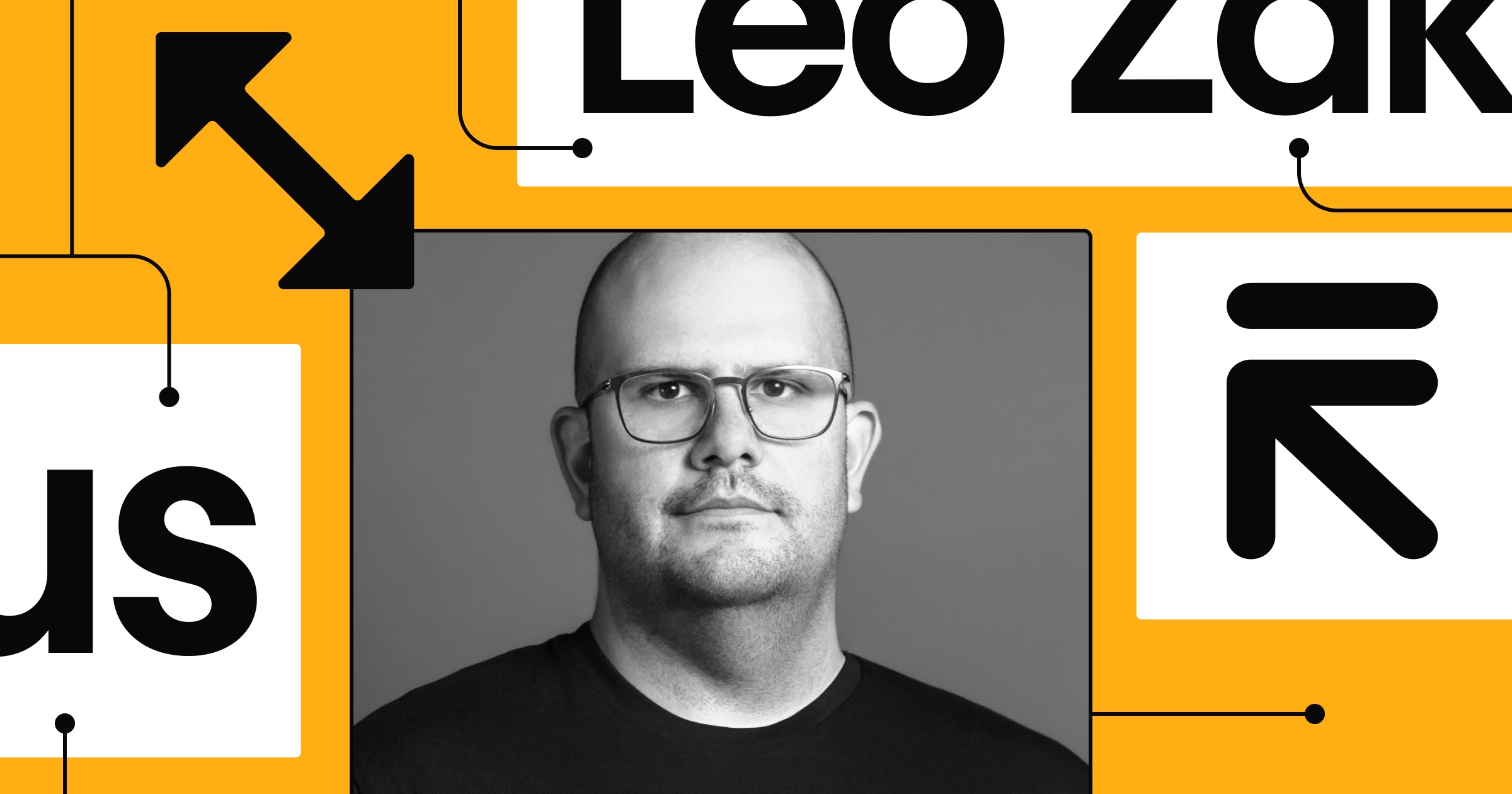When your company is considering changing development platforms, your input as an engineer is essential.
You and your team have likely invested significant time and energy into building your company’s web presence. You need to know that any platform you end up using will meet your needs and live up to your technical standards.
Webflow is billed as a no-code tool, which might seem like a counter-intuitive choice for programmers who spend much of their time coding. But that doesn’t mean you can’t benefit from no-code designing — in fact, it’s quite the opposite. Engineers find that Webflow takes some of the less interesting tasks off their plates, allowing them to focus on more rewarding work.
The engineers who have been through this process have a valuable perspective. Here are some of their thoughts on Webflow and what it has meant for their engineering teams.
It frees engineers to concentrate on more business-critical tasks
With Webflow, engineers no longer have to play the role of intermediary between marketing/design and the website — this means they can reassess where and how they want to focus their team’s energy.
The key to selling Webflow to a CTO is not to sell them Webflow at all, but to ask them if they want to keep managing the company’s website, or if they’d prefer to focus their time and resources on building the product.
It’s far more rewarding for engineers to dedicate their time to projects that are challenging and require more of their skill and expertise. When your company has more engineering resources to tackle challenging projects, it benefits the entire business. Engineers can dedicate more time to developing products, taking on innovative projects, and furthering business-critical initiatives.
I’d ask, "Do you like having your engineers working on static content?" A lot of startups are resource-starved, and if they’re spending engineering time working on static pages, that may be why they’re starved.
AngelList was prompted to move their web development to Webflow during a period of amazing success and high growth at their company. Their engineers had been incredibly busy developing products and shipping features, so they just didn’t have the capacity to maintain the marketing website as well. Switching to Webflow meant their company could free up engineering time while still helping marketing build an innovative website.
It’s accessible for non-programmers
The no-code interface Webflow offers is intuitive and doesn’t require any coding background, enabling marketing and design to build their own pages and take ownership of the website as a marketing asset. And because designers will already be familiar with visual canvas-based programs, Webflow will feel familiar to them.
We were looking for a tool that was easy to use and friendly towards both technical and non-technical folks. Webflow was exactly that. It was trivial to set up, offered an intuitive Figma-like design experience, and made it easy to publish updates. The ability to jump in, make a change, and instantly publish was powerful for our fast-moving team.
Before using Webflow, engineers and marketing would get bogged down, sending changes back and forth between teams to get them executed. With Webflow, marketing can go in and make adjustments themselves any time they need to and respond to the needs of their customers in a more agile way. The entire process is much faster.
Austin Fonacier, Engineering manager at Shift, walked us through what would happen if the marketing team wanted to run a promotion or create a landing page. “Marketing would file a ticket, it went into some PM’s backlog, they had to advocate for it, once it got into the engineering queue, it would take a week or two to execute,” says Austin. Now, that process takes less than a day. “The differences are stark,” says Austin.
It makes building easier while enabling sophisticated designs
Webflow’s visual canvas, repeatable elements, and modern layout tools help engineers work faster and easier. Those with a solid knowledge of web development can use Webflow with even more sophistication. The engineers we spoke to expressed how much they enjoyed building in Webflow, and said they benefited from the faster workflow as much as any of the other teams.
Our clients want us to be as creative as possible, and our designs are typically pretty complex, so templates and pre-built themes aren’t an option for us. For this reason, we would typically build websites from scratch using React, but when we started to build with Webflow, we realized it had all the control we needed.
Ultimately, Webflow is a professional-level tool. Features like flexbox and CSS grid enable you to build advanced layouts without getting lost in complex code syntax. Building advanced animations is also significantly easier than if you had to code each element yourself. Beyond that, for any features Webflow doesn’t natively support, engineers can jump in and add custom code to create the exact effect they want.
I played around with the UI and saw I could write CSS without writing CSS. A lot of what Webflow provides was really nifty, and having the ability to throw whole swaths of information into collections and be able to use those to power so many aspects was really impressive.
Since Webflow uses the same controls and elements as CSS, someone with a development background will quickly grasp the logic of the program. In the background, Webflow is still writing clean, semantic code for your site, which you can edit manually or export as you need.
With the tools included in Webflow, engineering can do more and do it quickly. This makes it possible for their teams to push themselves to create even more advanced and ambitious projects than before.
Using Webflow, we can unlock the ability for up-and-coming enterprise companies to compete with the legacy players in their industry. We’re able to help these companies develop a marketing driven-approach to their business while delivering a website that not only instills trust in the brand, but also helps their business grow.



















Webflow Enterprise
Loved by designers. Trusted by enterprises. Bring Webflow in-house at your company with advanced security, custom traffic scaling, guaranteed uptime, and much more.
It provides a shared framework for collaboration
Since Webflow is rooted in HTML and CSS, it helps designers "think like developers." Designers work directly with the medium they are producing for — the web — rather than creating guidelines in design software. Instead of trying to interpret instructions from design software and translate them into code, design and engineering are collaborating within the same medium.
Now that we’re building prototypes in Webflow, our design and engineering teams are starting to speak the same language.
If design and engineering are collaborating on a more complex site, the design team can use Webflow to create working prototypes or a working design system. Those building blocks are used — by design or engineering — directly in the program to assemble whatever pages they need.
Webflow now has a feature that supports a “polite handover” between individuals working on the same site. This feature makes it possible for teams to collaborate simultaneously on a site without ever stepping on each other's toes.
Being able to work together inside the Designer is such a leap forward for how our team uses Webflow. It's not only made it easier to collaborate and build together, but we're able to move even faster than before on our client work.
It has dependable technical support
Engineers have high standards for the technical backend of the tools they work with. They want reliability, security, and high performance so they don’t have to spend their time troubleshooting. The engineering leads at Shift are no exception, and they were happy to talk about their experience with Webflow.
It’s a night-and-day difference in how the server-side homepage loaded compared to Webflow. The return time is 37 microseconds, which is mindblowing.
Shift provided lots of graphs to illustrate how their Webflow pages performed. Though they’ve had outages on their main site, the pages they built in Webflow have stayed online and accessible reliably.
We’re proving that we can still provide a good-enough experience while we try to make our site more mature and resilient against failures.
Engineers can create a new focus for their teams
Webflow takes a huge piece of work off the engineering team’s plates. It gives them tools that change their workflow and the way they collaborate with the teams around them. The next step is to imagine the possibilities open to your engineering team now, with the extra time and tools you have at your disposal.
While other industries have seen all kinds of optimizations, web development has remained one of the most inefficient processes on earth. At some point everyone started labeling tools as "no-code" or "low-code" but to me, it’s just being smart. I believe it’s a waste of human talent to NOT leverage solutions like Webflow.
Harnessing the power of no-code opens new opportunities for your business. You can reimagine engineering’s scope of work. What are you most excited about? Maybe it’s time for a design sprint? Or maybe your team can push the design of the website to new levels of sophistication. Is there a project you’ve been dying to take on your team just hasn’t had the time to prioritize? Now could be the time.































